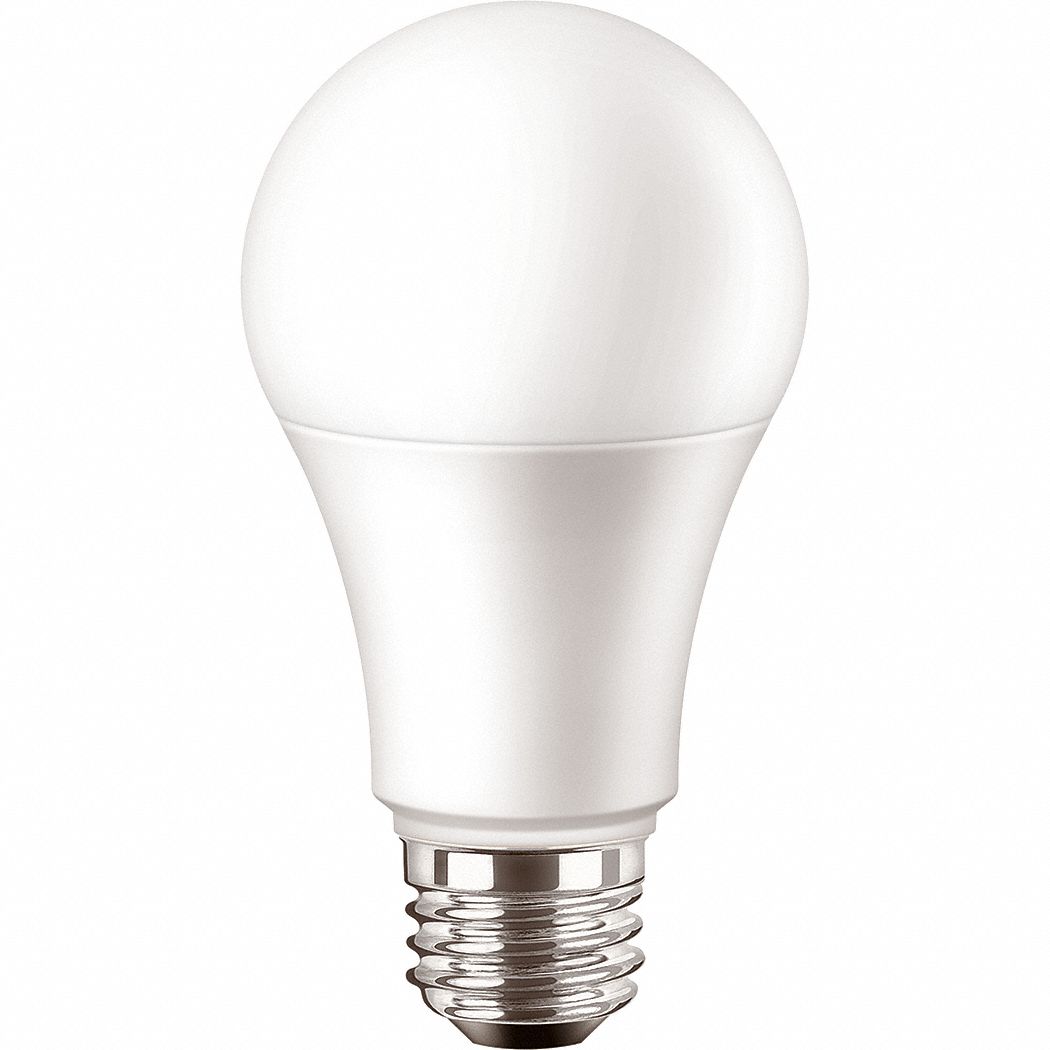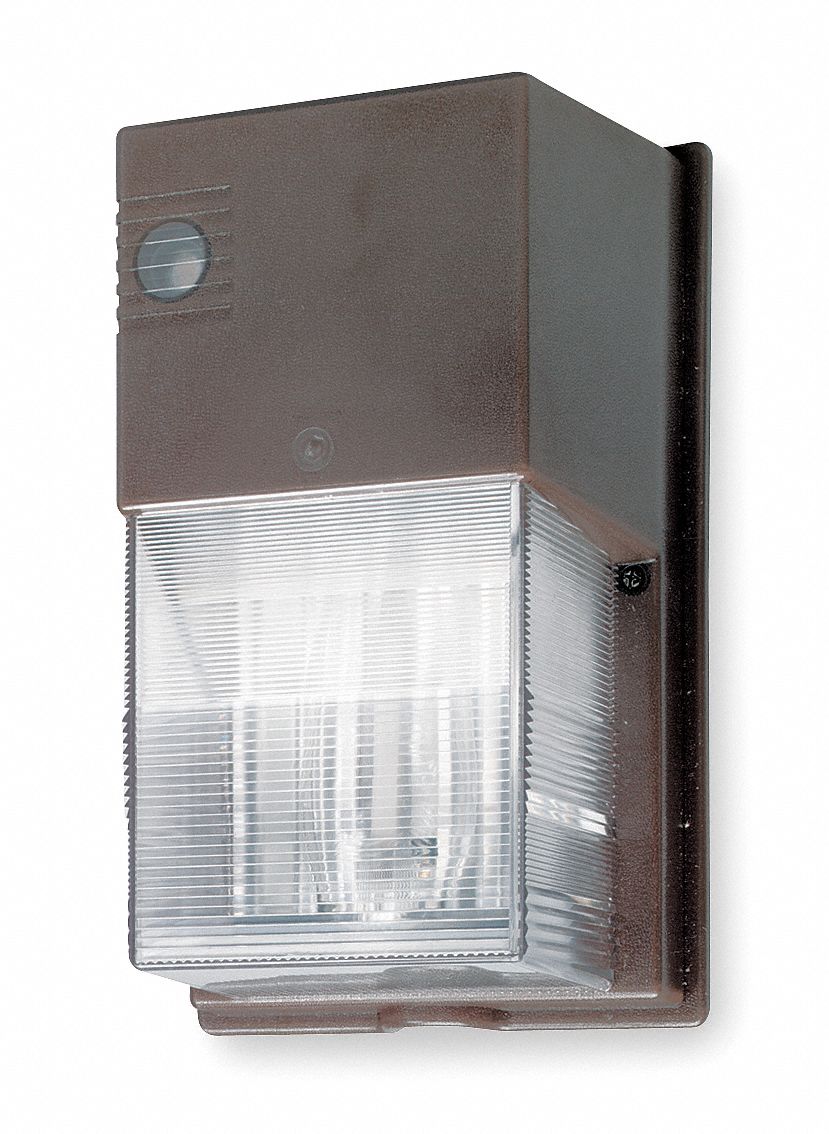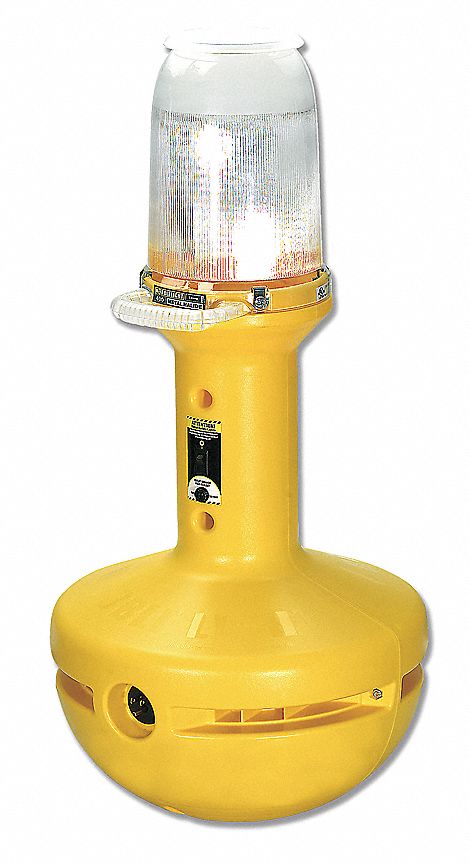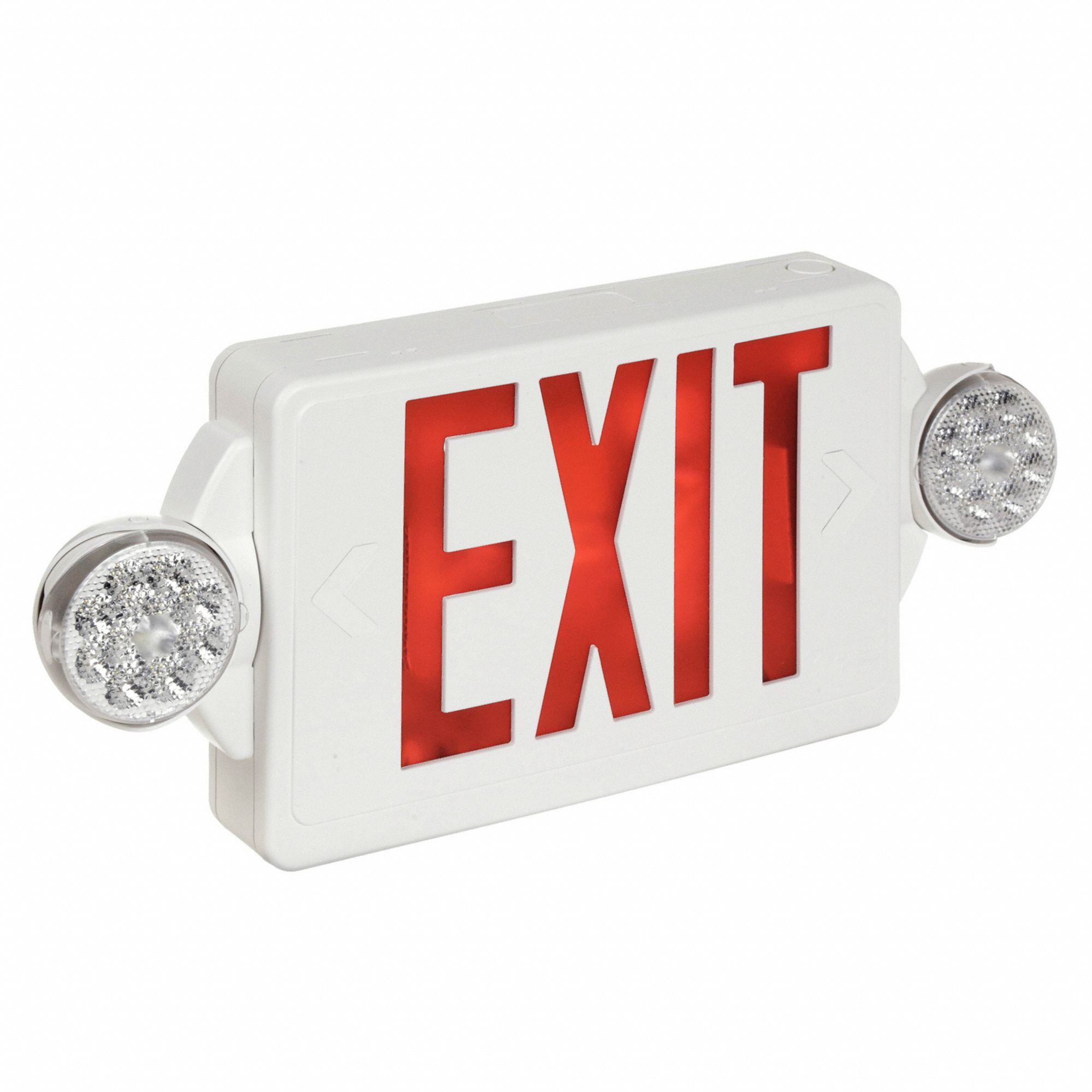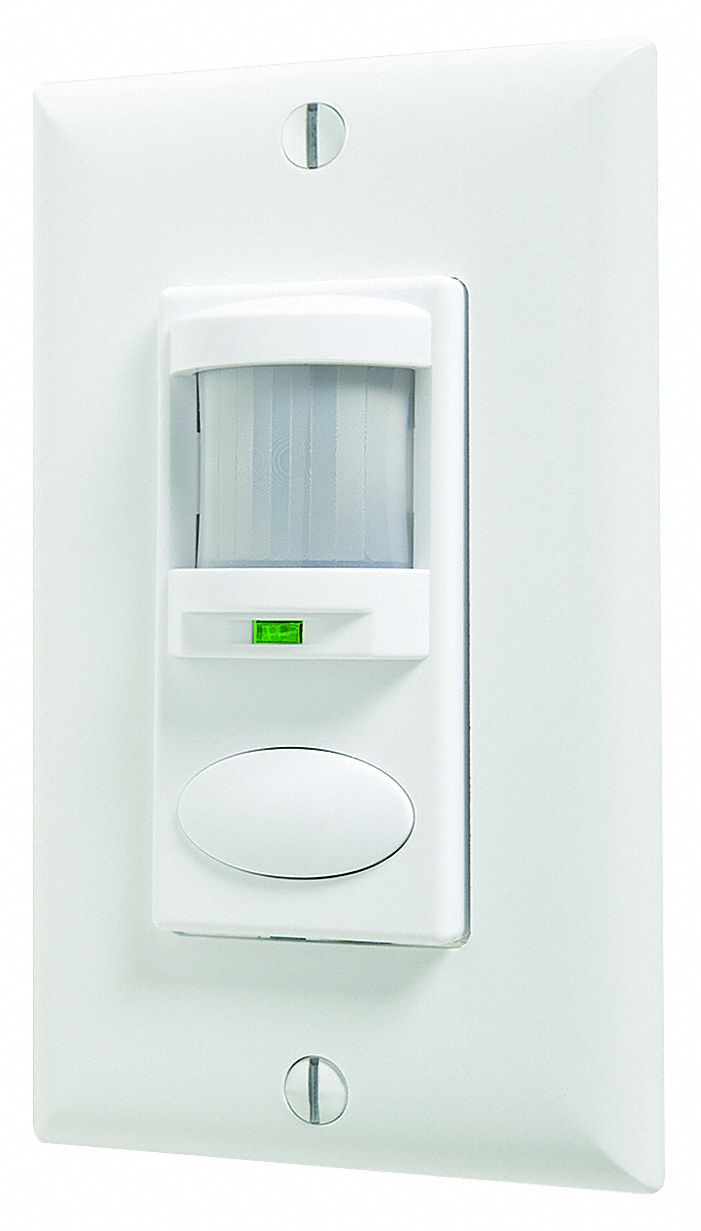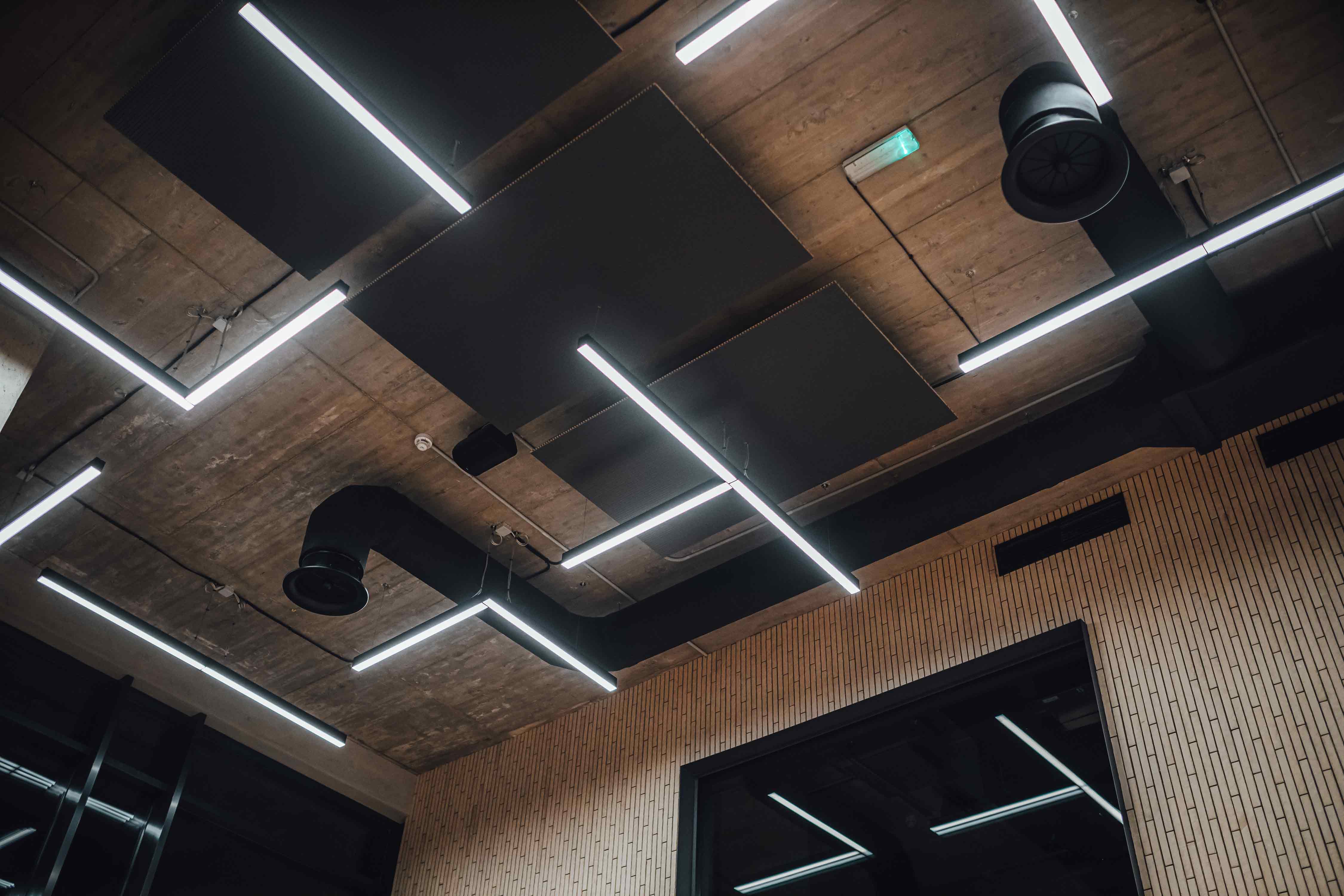

5 Reasons to Upgrade Lighting Controls (Beyond Energy Efficiency)
By Grainger Editorial Staff 7/26/21


Dispersed digital controllers, integrated sensors, and tunable LED luminaires are transforming lighting control systems, and the value of these new systems goes beyond energy efficiency.
In the past, contractors and facility managers could rely on energy savings alone to justify lighting upgrades. The investment required to switch from incandescent bulbs to fluorescent and LED luminaires promised to pay for itself many times over. But many facilities have now made this initial upgrade, and the gains that can be expected from further upgrades can be less attractive. After years of rapid improvement, LED lighting efficiency is projected to make smaller gains over the coming decade.
However, there are still many good reasons to upgrade. The improvements in efficiency may be less dramatic, but the latest systems have many new capabilities that can help simplify operations and increase occupant comfort and satisfaction.
Integration with building systems, automatic color tuning, and infinitely customizable zones can make a building’s lighting more responsive to its occupants’ needs. Here's more on five reasons to upgrade lighting controls—beyond the energy savings.
1. Installing Interoperability: In the old days, a lighting system’s only function was to produce light. Today, digital lighting control systems can also produce valuable data for building operations. When systems are interoperable, the information gathered by a lighting system’s sensors can be shared with HVAC and power control systems. The interoperability of these systems can increase a lighting control system’s value as it contributes to making the entire building more efficient and comfortable.
For example, occupancy sensors have long been used to dim the lights in empty rooms. But an interoperable lighting control system will be able to share real-time occupancy information with the building’s HVAC system, letting it automatically adjust the thermostat based on information from the sensors embedded in luminaires.
Photosensors can also adapt to match the ambient light coming from windows and skylights. On a sunny day, the control system may automatically dim the overhead lights, leaving on only the task and accent lights. When the building falls into the afternoon shade, the ambient light will automatically compensate, maintaining a set brightness in the room.
And in an interoperable system, information flows both ways. A new lighting control system can be configured to respond to demand pricing from electrical utilities, adopting lower cutoff delays when prices surge.
Interoperable capabilities can help buildings get the most out of their new hardware. The Lighting Controls Association advises contractors and facility managers to stay current with industry standards including Networked Lighting Controls V5 (NLC-5) and ASHRAE's BACnet standard, which govern how a building’s systems share information to generate efficiencies.
2. Tuning Colors for Comfort: Choosing a lighting color is nothing new—even incandescent bulbs come in a wide variety of colors, from soft white to daylight. But LED lights offer a new possibility: a single luminaire can “tune” its color for different uses throughout the day. New digital control systems can be set to automatically tune a room’s lights to a specific correlated color temperature, or CCT. This lets you match any shade, from a 2700K warm red glow to 6500K blue-white daylight, without changing the bulb.
Color tuning can dramatically alter the appearance and feel of a space, which in turn can help increase occupant comfort and satisfaction. Kitchen lights are a good example. For cooking, most people want a bright, cool white light that reveals fine detail and texture. But once dinner is served, they may want to dial in a warmer CCT that creates a relaxed atmosphere in the room. Similarly, a client may want to set up automatic color tuning based on the time of day—a cool daylight can help some people wake up in the morning, while a soft white is easier on fatigued eyes in the evening.
Digital lighting control systems often have the capability of setting up automatic or manual color tuning programs. A knowledgeable systems operator can add value for the building’s occupants by introducing them to the uses of color tuning.
3. Configuring Custom Profiles: Lighting profiles used to be fixed by the wiring schematic, but digital control systems can let you create customized profiles that adapt to different uses. A new control system can make the building’s lighting work better in a variety of situations.
For example, different occupants may have different lighting needs. The housekeeping staff may want occupancy sensors to trigger a room’s ambient lights, with a very brief shutoff delay after they leave the room. But office workers will likely want the overhead, task and accent lights to all come on when they enter the room, with a longer delay that won’t plunge the office into darkness if they step out for a quick break.
4. Layering Zones: Older lighting control systems tended to use large, rigid zones. Areas as large as 10,000 square feet could have their lights switched simultaneously, and breaking a zone into multiple areas could require expensive wiring work. Digital control systems allow you to split large lighting zones into an unlimited number of smaller, more responsive—and even overlapping—units, without installing new switching.
A new control system can let individual users create custom zones that include any group of luminaires. For example, a building may set up one big zone that switches every luminaire on a floor in unison, letting an automatic timer turn on the office lights at the start of the workday. But individual workers can also be given control over their personal zones, letting them adjust the brightness of the task lights above their individual workstations.
5. Pursuing Rebates Chances are, a new lighting control system will qualify for rebates through a federal, local, or utility-based program. According to the Database of State Incentives for Renewables & Efficiency, businesses upgrading to Energy Star or DLC approved luminaires may qualify for a tax deduction through the federal 179D energy efficiency deduction. And depending on your location, your electrical utility may offer a combination of distributor rebates and financing incentives to bring down installation costs.
The added functionality of a dispersed, digitally controlled system can create real value for building owners and occupants, and there are many reasons to upgrade—beyond energy efficiency. To learn more about lighting retrofit and upgrade options, contact Grainger Lighting Services.
The information contained in this article is intended for general information purposes only and is based on information available as of the initial date of publication. No representation is made that the information or references are complete or remain current. This article is not a substitute for review of current applicable government regulations, industry standards, or other standards specific to your business and/or activities and should not be construed as legal advice or opinion. Readers with specific questions should refer to the applicable standards or consult with an attorney.

